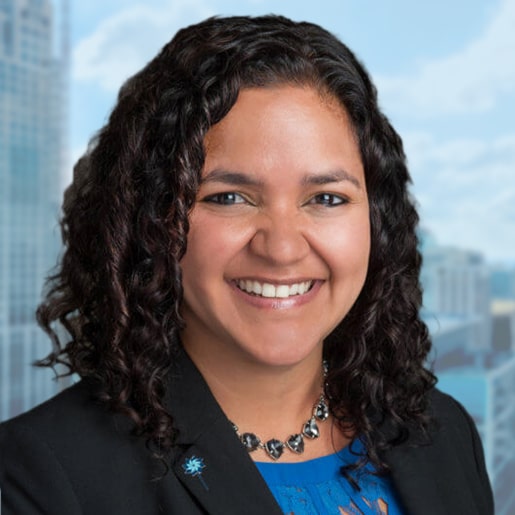Domestic violence and child abuse tend to be portrayed as self-contained, singular problems. In fact, the opposite is true. According to research presented by the Resource Center on Domestic Violence: Child Protection and Custody, approximately 30-60% of families in which either child maltreatment or adult domestic violence is occurring also experience the other form of violence. In short, there is a clear connection between domestic violence and child abuse.
However, it’s important to remember that correlation does not always equal causation. Experts warn that the data points to association—not a cause-effect relationship. In reality, both child abuse and intimate partner violence are actually connected to a set of larger issues. Rather than thinking of them as standalone problems, we might think of them as symptoms of social, political, and economic inequities. For example, both child abuse and intimate partner violence are much more likely to occur in households experiencing poverty, substance abuse, disordered mental health, and social isolation.
It’s not a coincidence that all of the aforementioned factors have been exacerbated by the COVID-19 pandemic, which has had the effect of deepening existing social, racial, and economic inequities. In light of that, experts are closely watching incoming data for signs of resulting trends in domestic violence and child abuse/neglect. While data is still being collected and analyzed, some fear that the increase in risk factors for child abuse and neglect might result in a subsequent rise in those phenomena.
Maid: A New Look at Domestic Violence
The recent release of a new Netflix show, Maid, has drawn renewed attention to the domestic violence crisis in America. The series has been called “unflinching” in its portrayal of its protagonist, Alex, as she attempts to find employment, secure housing, and win custody of her young daughter after fleeing an abusive relationship.
Aside from the work it does to raise awareness for these real-world experiences, Maid is exceptional in that it highlights the self-perpetuating connections between child abuse and domestic violence and the circumstances that influence them. Alex’s plight provides an excellent illustration of the way factors such as poverty, limited social support, and lack of access to child care can build up and interfere with parents’ ability to provide safe, stable, and nurturing environments and relationships.
Moving Toward a Solution
Understanding the true origins of child abuse and domestic violence also requires that we make a fundamental change in the way we think about ending both these phenomena. Currently, the prevailing strategy for addressing child abuse/neglect and intimate partner violence focuses on services that help those who experience it after the event occurs. While these types of interventions are important and necessary, they are incomplete if we don’t also work toward primary prevention and long-term change. Rather than focusing exclusively on addressing child abuse and intimate partner violence after it happens, it’s important that we shift the balance of our thoughts and actions toward an approach that is equally prevention-based.
In short, preventing child abuse and domestic violence involves giving families the resources and support they need to create a safe, stable, and nurturing environment. Wider access to childcare, education, and affordable housing would mean that fictional narratives like Maid would no longer have real-world counterparts.
It’s crucial to remember that everyone can support child abuse prevention efforts. On an immediate level, this might look like offering support to the families in your community. Alternatively, you might consider donating your time or money to an organization that provides community-based services and resources to families.
On a broader level, you can also contribute by supporting legislation and policymakers that aim to eradicate the social and economic disparities that cause child abuse and intimate partner violence. In particular, look for policies that support paid parental leave, equitable housing, educational opportunities for parents, and help for people struggling with mental health issues and substance abuse.
Prevent Child Abuse America actively works to end child abuse and neglect and ensure that all children have a great childhood. We strive to realize a world where all children are happy, healthy, and prepared to succeed in supportive families and communities. A prevention-focused philosophy takes the form of public education efforts, support for family-friendly policies, and local support programs for families. To support our mission of raising public awareness and implementing child abuse prevention strategies, consider browsing our resources or making a donation.



